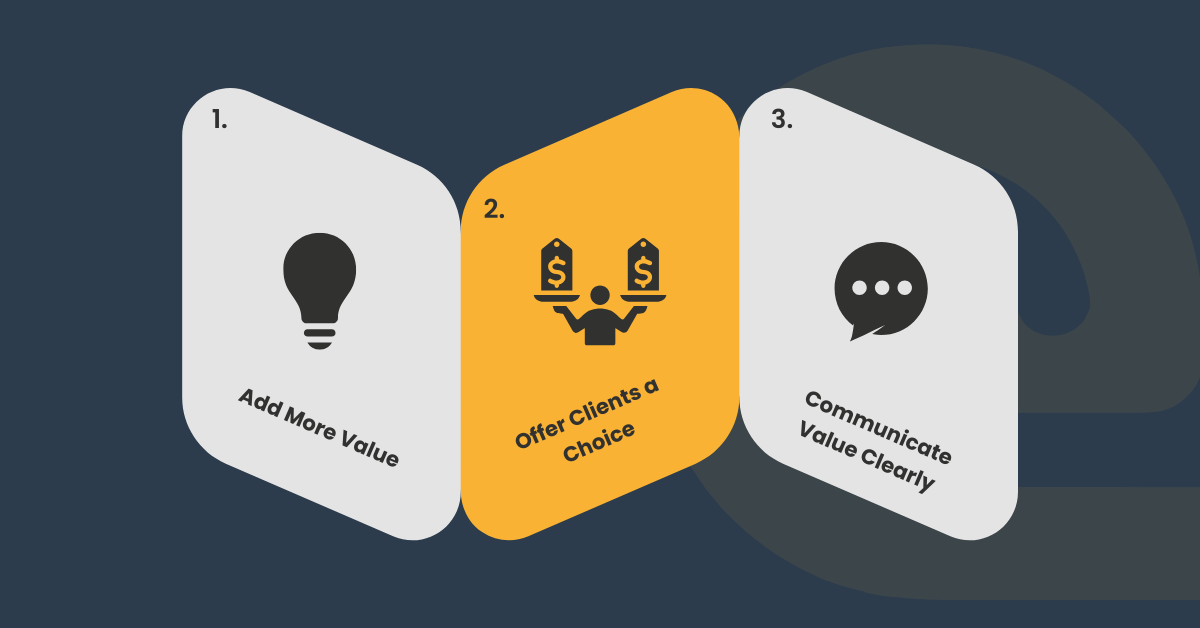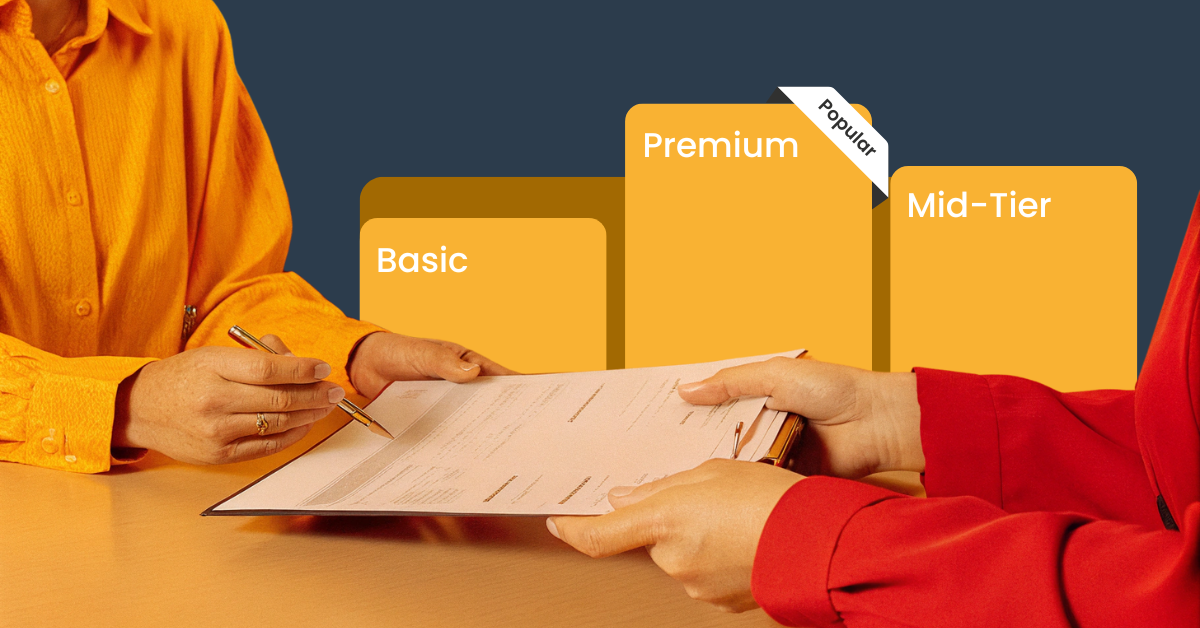How to Get Started with Value Pricing in 3 Simple Steps
Pricing is one of the biggest challenges for accounting professionals. Many firms stick to hourly billing because it’s the traditional way, but it often leads to overwork, client dissatisfaction, and limited profitability. Value pricing provides a better alternative, allowing you to price your services based on the value you deliver rather than the time spent.
Mark Wickersham, chartered accountant and pricing expert, has spent over 20 years teaching accountants how to master value pricing. In this blog, he shares three simple steps to help you make the transition and unlock higher profits while serving your clients better.
The Myth of Price Sensitivity

One of the biggest misconceptions in the accounting profession is that clients are highly price-sensitive. Many accountants fear that if they increase prices, they will lose clients. But research in price psychology and behavioural economics suggests otherwise.
In reality, most clients are value-sensitive rather than price-sensitive. They don’t necessarily choose the cheapest option; they assess the value they receive against the cost. If clients perceive strong value in your services, they will be willing to pay more.
To shift to value pricing, you must change the conversation from cost to value.
The Three Biggest Pricing Mistakes
Before looking at the steps to get started, it's important to understand the common pricing mistakes many accountants make:
- Being too cheap – Many accountants undercharge for their expertise, leading to long hours and low profitability.
- Billing based on time – Time-based billing rewards inefficiency and often leads to surprise bills that clients dislike.
- Avoiding price conversations – Sending proposals without discussing price leads to lost opportunities and weakened client relationships.
With value pricing, you can overcome these challenges and build a more sustainable, profitable business.

Step 1: Add More Value
The more value you provide, the more you can charge. Value pricing isn’t just about increasing prices, it’s about creating a better experience for your clients.
Here are some ways to add more value to your services:
- Offer additional insights and reports tailored to the client’s business.
- Provide proactive tax planning instead of just compliance.
- Include regular review meetings to discuss financial health and opportunities.
- Deliver services in a more convenient and efficient way.
By identifying ways to enhance your services, you differentiate yourself from competitors and increase the perceived value of your work.
Step 2: Offer Clients a Choice
Not all clients have the same needs, which is why a one-size-fits-all pricing model doesn't work. Instead of giving a single fixed price, offer tiered pricing options, often called menu pricing.
A simple approach is to create three service levels:
- Basic (Bronze) – Covers the essential services.
- Standard (Silver) – Adds extra benefits, such as regular advisory sessions.
- Premium (Gold) – Provides the most value with exclusive services, priority support, and strategic planning.
By presenting options, clients feel in control of their spending while also recognising the higher value in premium services. Many will opt for the middle or higher tiers, leading to greater profitability for your firm.
Step 3: Communicate the Value Clearly
Clients only perceive value if you communicate it effectively. The reason many accountants struggle with pricing is that they focus too much on features instead of benefits.
How to Communicate Value Effectively

- Turn features into benefits – Instead of saying, “We provide monthly reports,” explain how those reports help the client make better business decisions.
- Use comparisons – Show how your service delivers better results compared to cheaper, lower-quality alternatives.
- Tell success stories – Share real examples of how clients have benefited from your services.
- Have pricing conversations face-to-face – When you discuss pricing in person or on a call, you can address concerns and reinforce value. Sending a proposal without context often results in price objections.
The Impact of Value Pricing
Accountants who transition to value pricing see significant benefits:
- Higher profitability – Fees often double or triple compared to time-based billing.
- Better client relationships – Clients appreciate transparency and knowing exactly what they’re paying for.
- More predictable cash flow – Many firms switch to monthly retainers and upfront payments, reducing late payments and cash flow issues.
Get Started with Value Pricing Today

If you’re ready to move away from hourly billing and unlock the full potential of your accounting firm, start with these three steps:
- Identify ways to add more value to your services.
- Offer tiered pricing to give clients a choice.
- Clearly communicate the benefits of your services.
To make the transition easier, you can use a structured system like Effective Pricing to help automate and simplify your pricing conversations.
Try Effective Pricing
Want to confidently set prices based on value rather than time? Try Effective Pricing and take the guesswork out of pricing.
By adopting value pricing, you create a win-win situation—clients get more value, and you earn what you truly deserve for your expertise.





